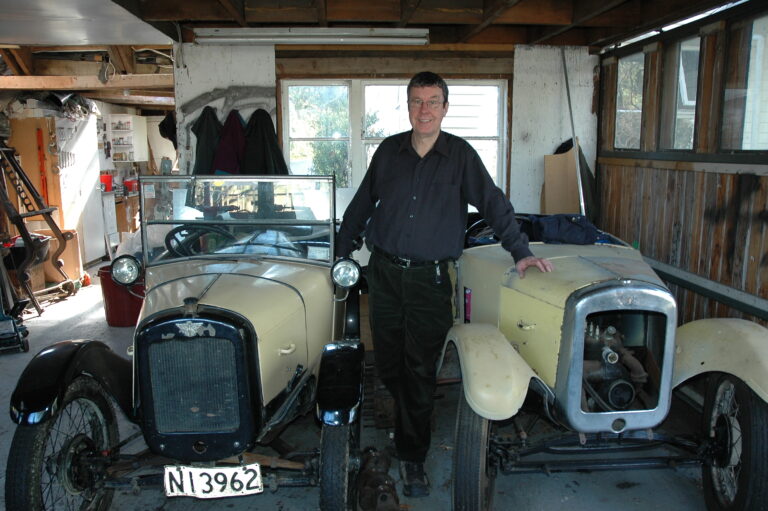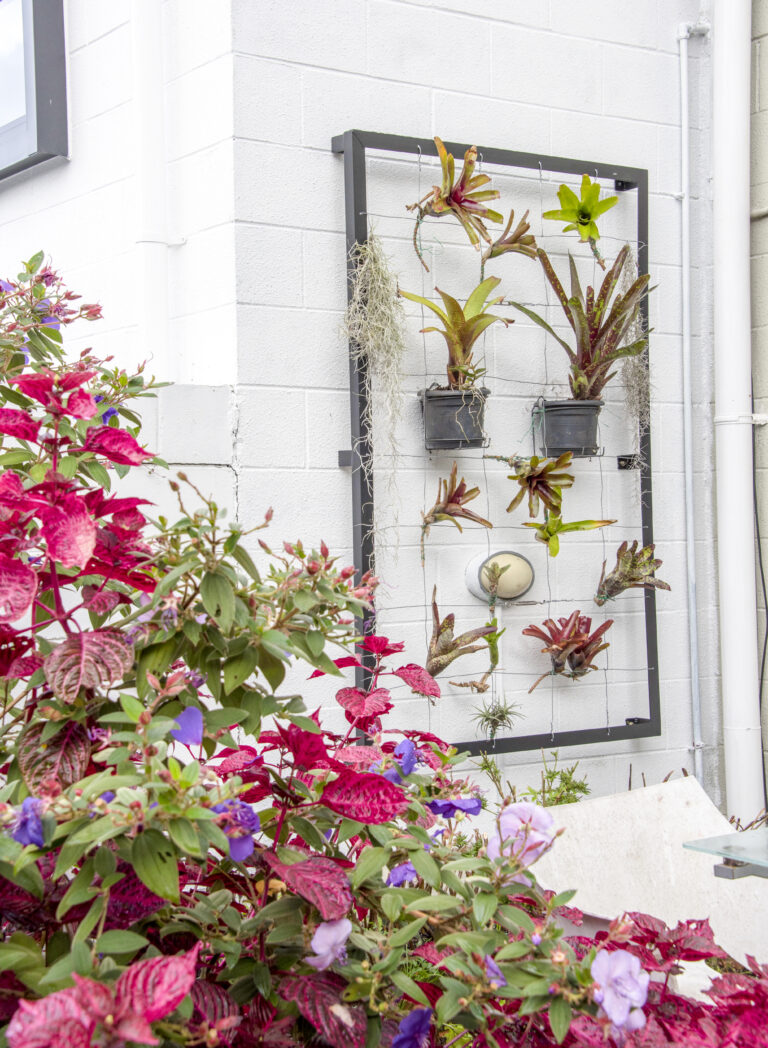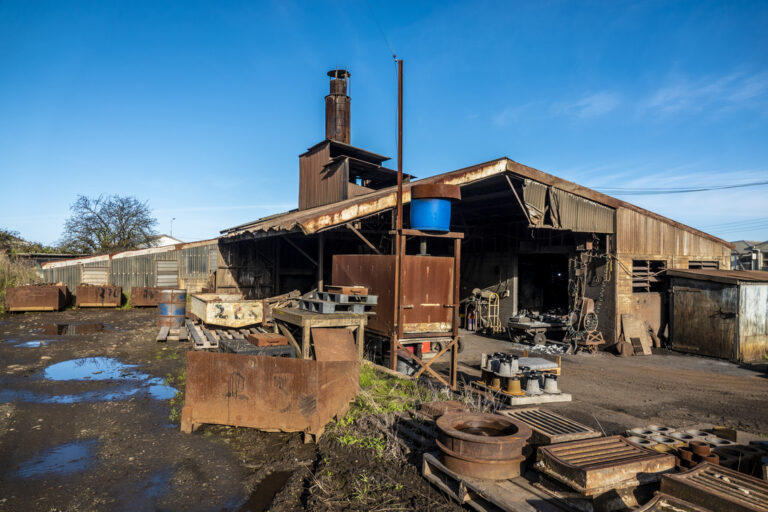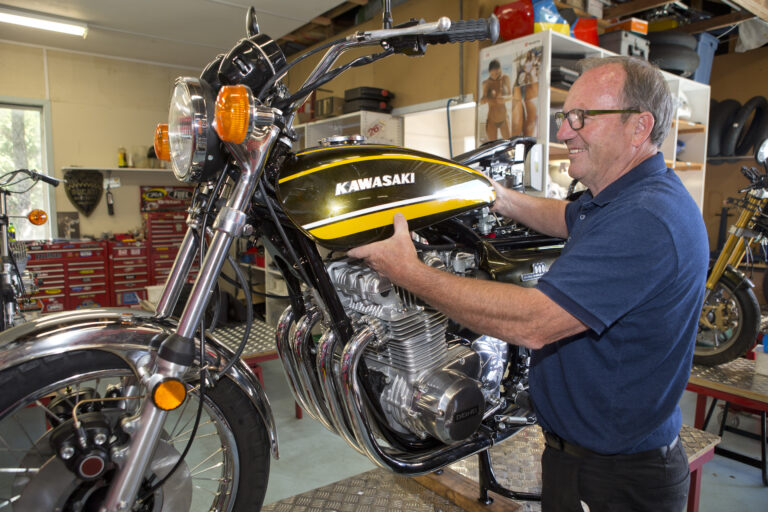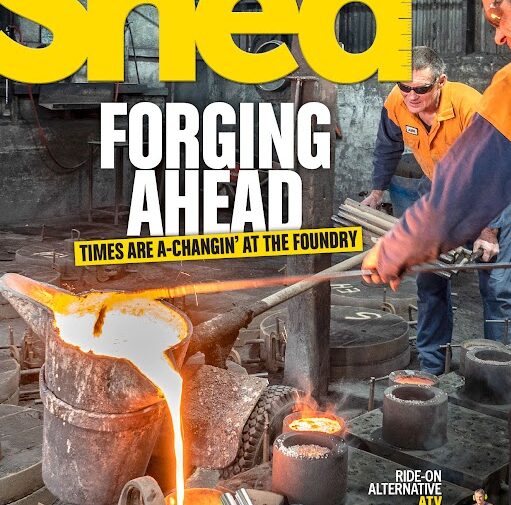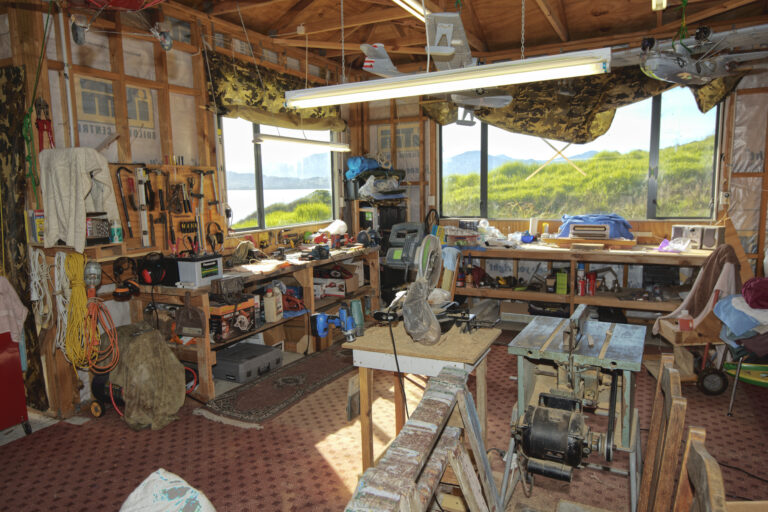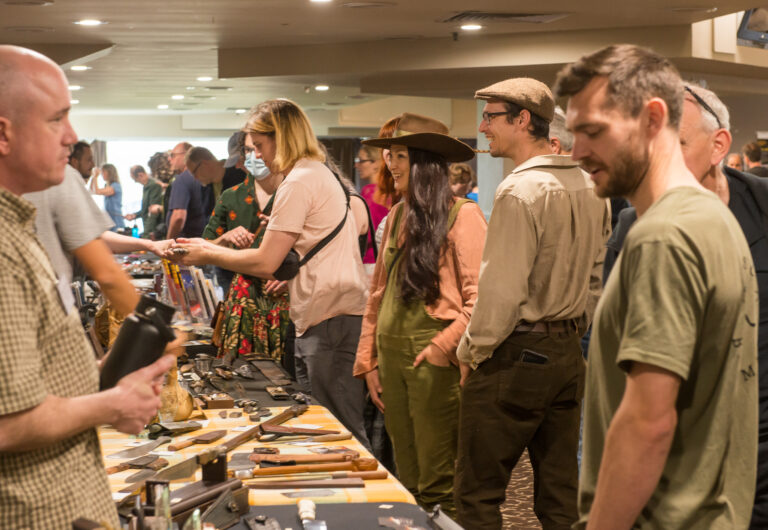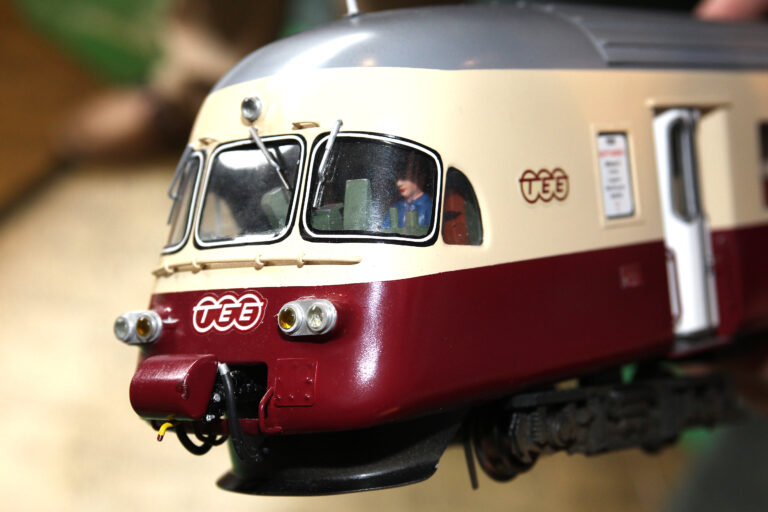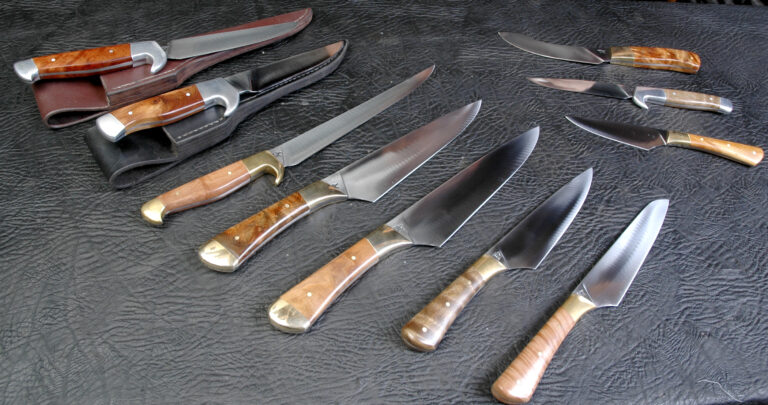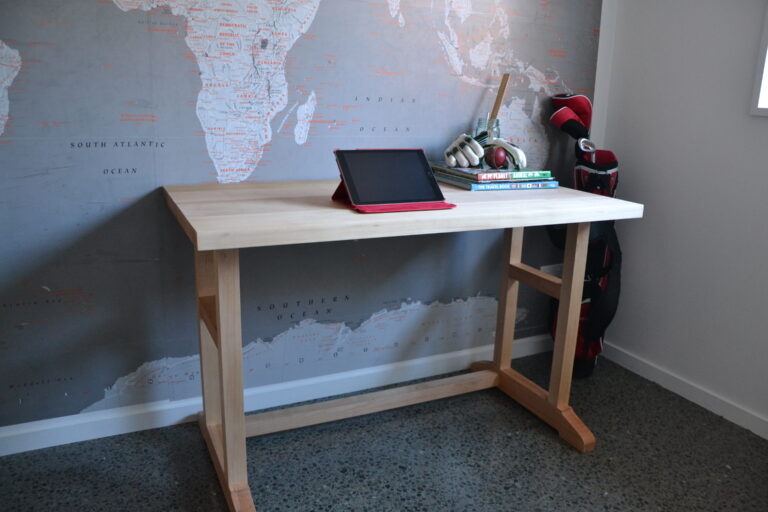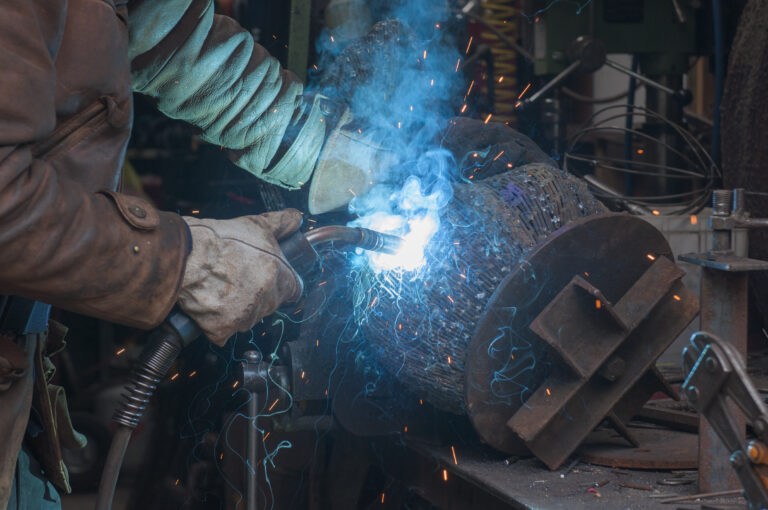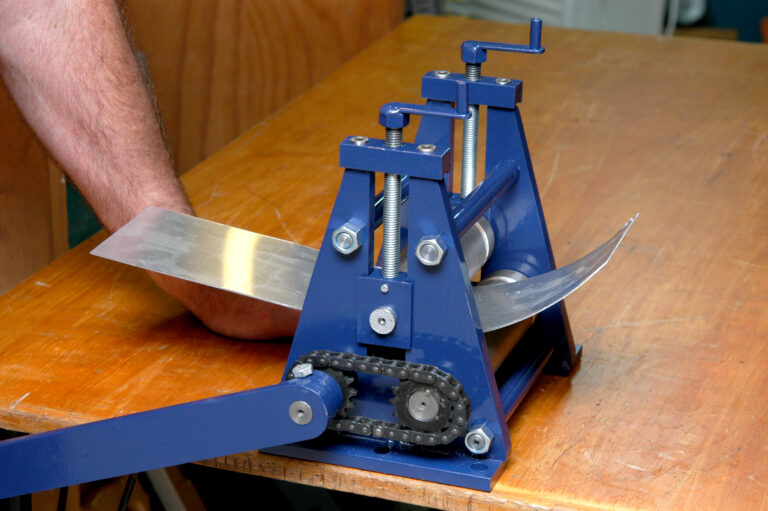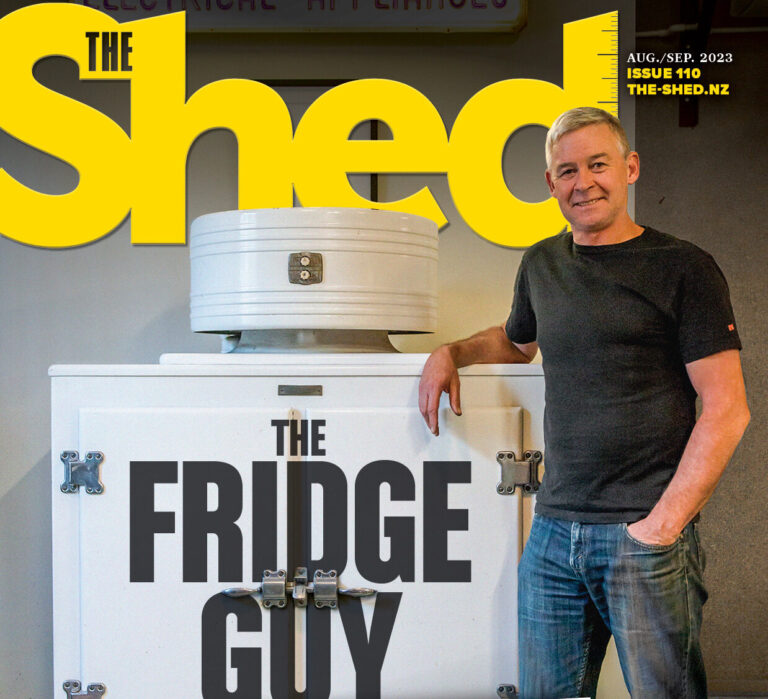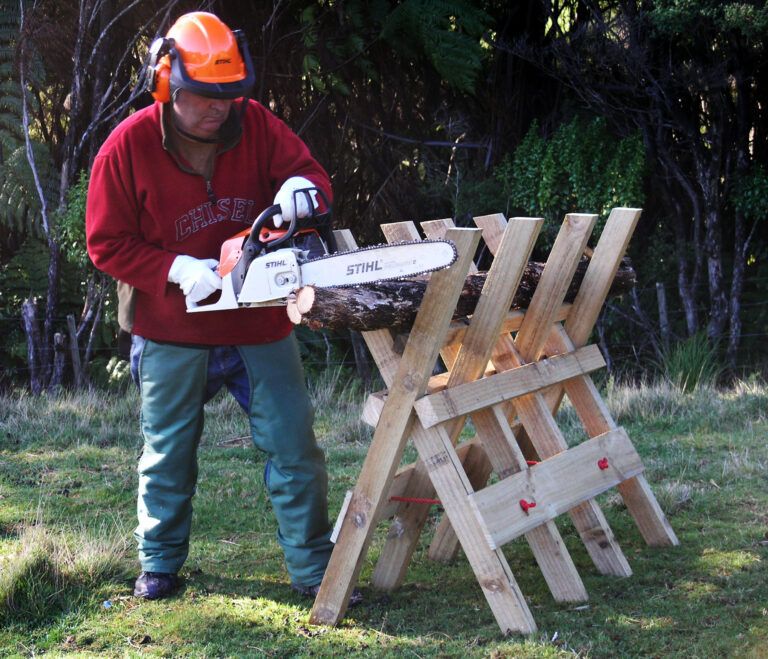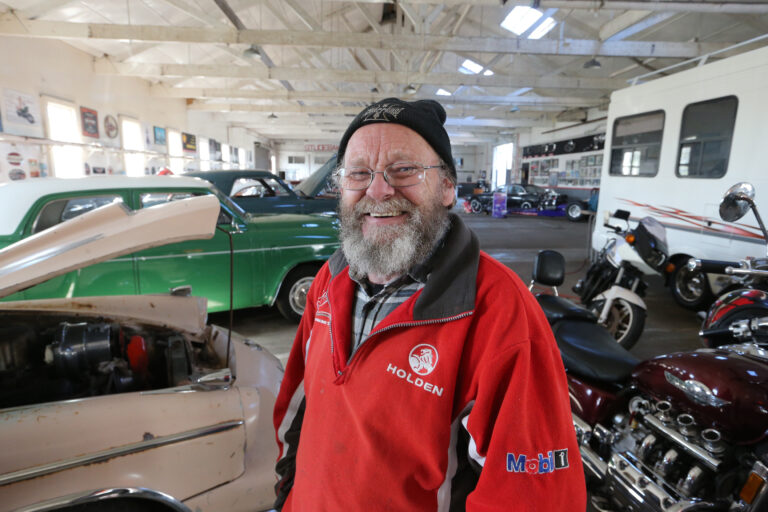He might describe himself as a larrikin biker, but former world motorcycle racing champion Graeme “Croz” Crosby is really more of a modern Renaissance man.
Put simply, a Renaissance man is defined as a very clever person who is good at many different things. So check the Croz record thus far: Champion motorcycle racer, commercial pilot, successful author, businessman, house builder, skilled motorcycle mechanic, enthusiastic cook, raconteur – the list goes on. He can speak a little Japanese, bake a soufflé or lace up a wire-spoked bike wheel. And even though he turns 62 this year there’s still quite a bit of the larrikin left.
It almost goes without saying that Graeme has a shed. Well, it started out as a hobby shed, somewhere to tinker with old bikes and other motorised toys. In typical Crosby fashion, though, it has become the headquarters for a thriving business restoring and exporting classic Japanese motorcycles. Graeme and his wife Helen bought a 12 acre (4.8 ha) block in the picturesque Matakana countryside an hour north of Auckland more than eight years ago, built a spectacular house, the shed and, across the road, Helen’s The Vivian art gallery.
